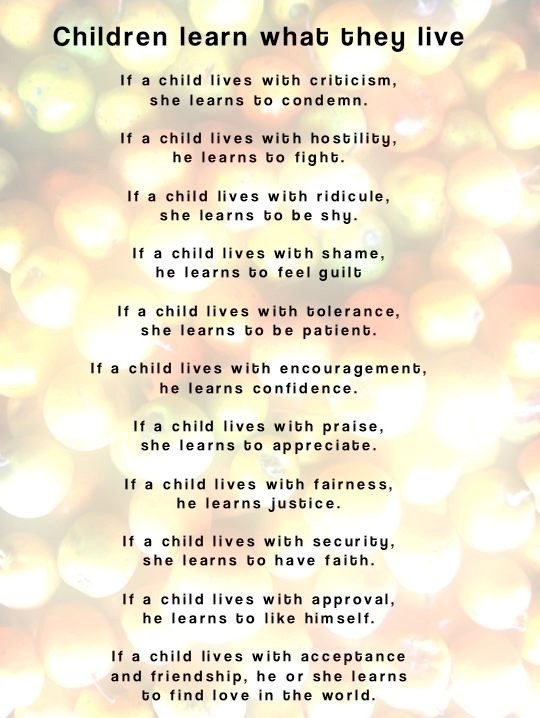
Dorothy Law Nolte first published this poem titled “Children Learn What They Live” in 1954, and co-authored a book with Rachel Harris in 1998 of with the same title. As educators, we see first-hand how our actions and our students’ parents’ actions speak to our students louder than any words, lesson or story we have to offer.
Children watch our tone of voice, our reactions, and our interactions, and in a time when the news can be startling, sad and frightening all in the same minute, how we respond to the events of the world will be mimicked by our students.
During times of tragedy and fear, while it may be tempting to ignore the events, researchers say it is best to instigate conversations with our children. Written originally to help families talk about 9-11, educator Richard D. Lavoie quotes Mr. Rogers’ advice (yes, THE Mr. Rogers) in his article “Walking Them through the Horror”:
“Talk to your child about the thousands of police, firefighters, doctors, nurses, and ‘just plain folks’ who are donating their time, energy and skills to assist the victims and their families. Emphasize there are more good guys than bad guys.”[1]
Painting for Peace in Ferguson does just that. Written about the 2014 events in Ferguson, Missouri, author Carol Swartout Klein shares the incredible story of the hundreds of artists and volunteers who worked to transform the boarded up buildings following the upheaval in the community with artistic messages of “hope, healing and unity.”
The author grew up in Ferguson, Missouri, and was also inspired by Mr. Rogers’ advice to look for helpers in times of fear. The book focuses on “the way the community came together to begin the healing process through the art of the Paint for Peace effort.”[2]
Members of the community created artwork on the plywood that covered the broken windows throughout the many blocks in Ferguson and South St. Louis city. The book includes over 140 images of art along with a child-friendly poem written by Klein.
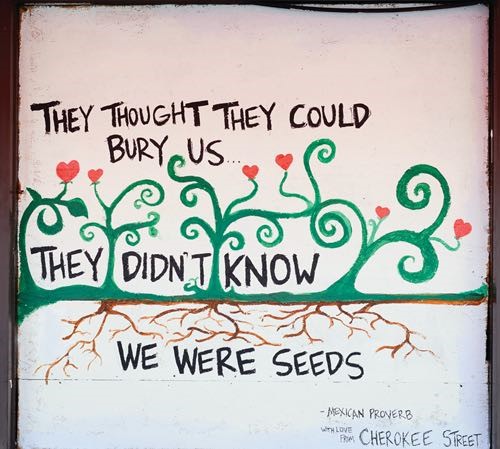 |
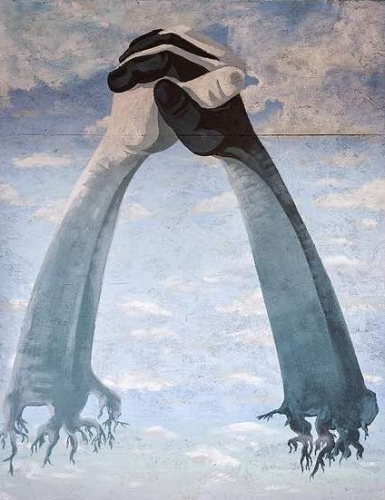 |
In addition to the book, Klein also has designed an accompanying text, Painting for Peace: A Coloring Book for All Ages. The author has compiled a variety of designs that encourage parents and children to color together which provides a safe place for conversations and helps open the honest lines of communication.
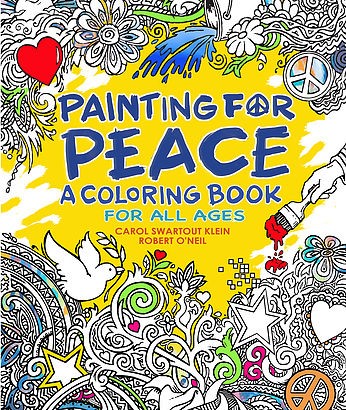 |
Having a task at hand can alleviate some of the stress while talking about sensitive subjects, and the process of coloring itself has been shown to reduce anxiety in children and adults. Introducing our families to activities and books like these can help parents open the doors of conversation to subjects that may be difficult to bring up.
Dialogue on equity and social justice through our actions and words will help create empathy, kindness and compassion in our children. Let’s do what we can to inspire our parents to do the same.
Listed below are additional books that can be used to reinforce the message of equality and peace.
Booksource Recommendations
[1] Lavoie, R. D. (2002). Walking them through the horror…: Talking to your child about the World Trade Center tragedy. Communication Disorders Quarterly,23(2), 103.
[2] http://www.paintingforpeacebook.com/#!about1/ct3u


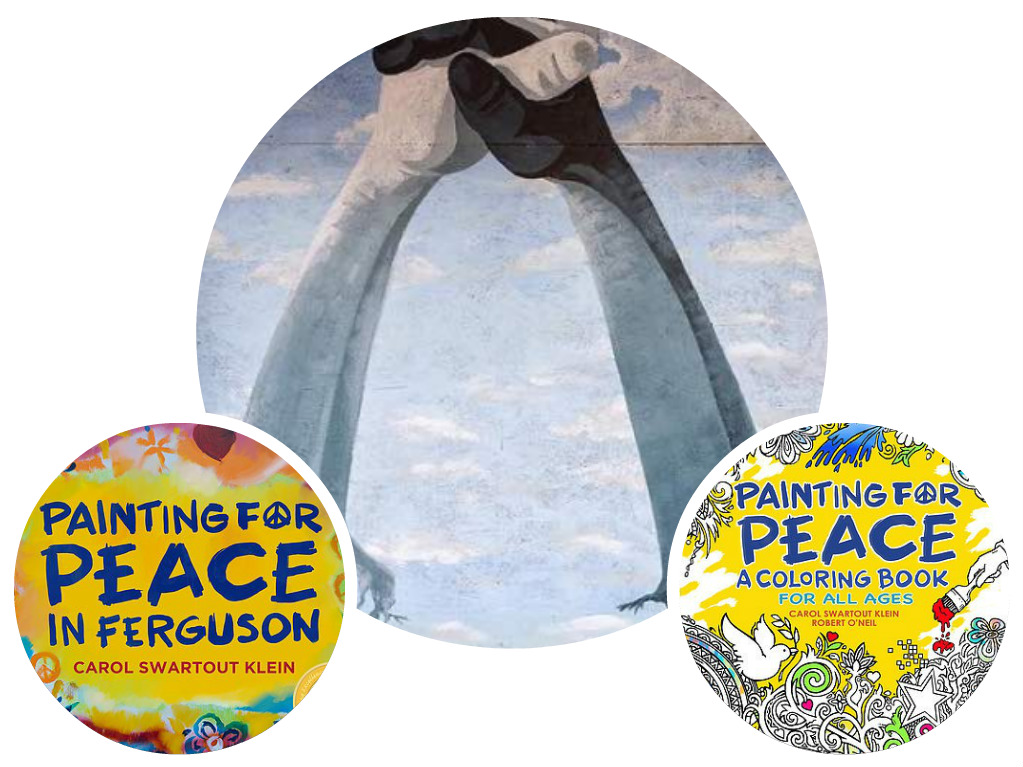
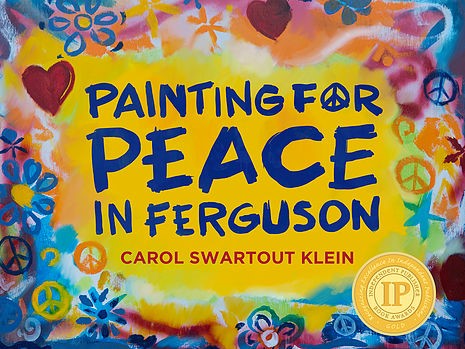
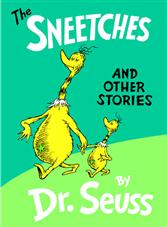
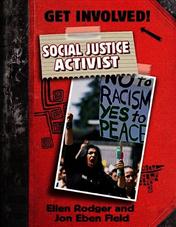
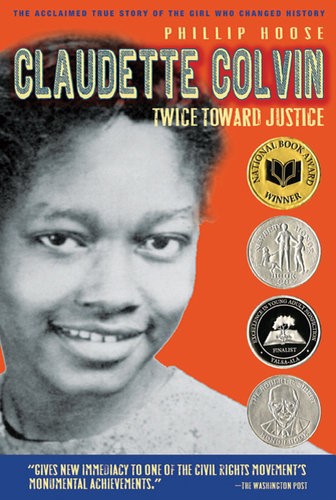
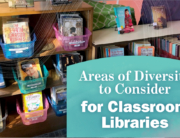
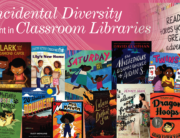

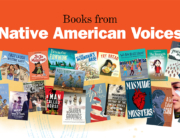
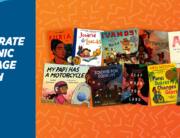
Leave A Comment